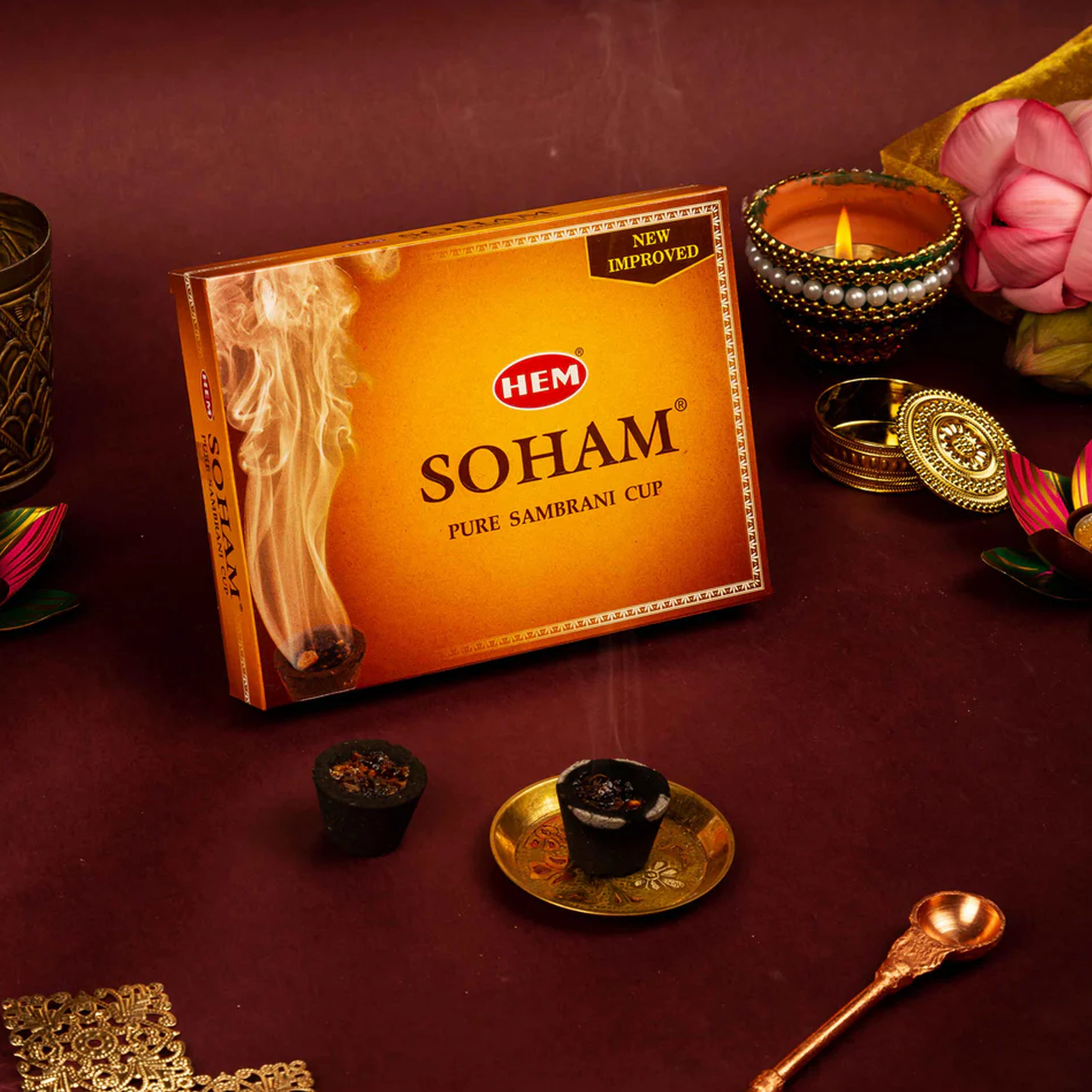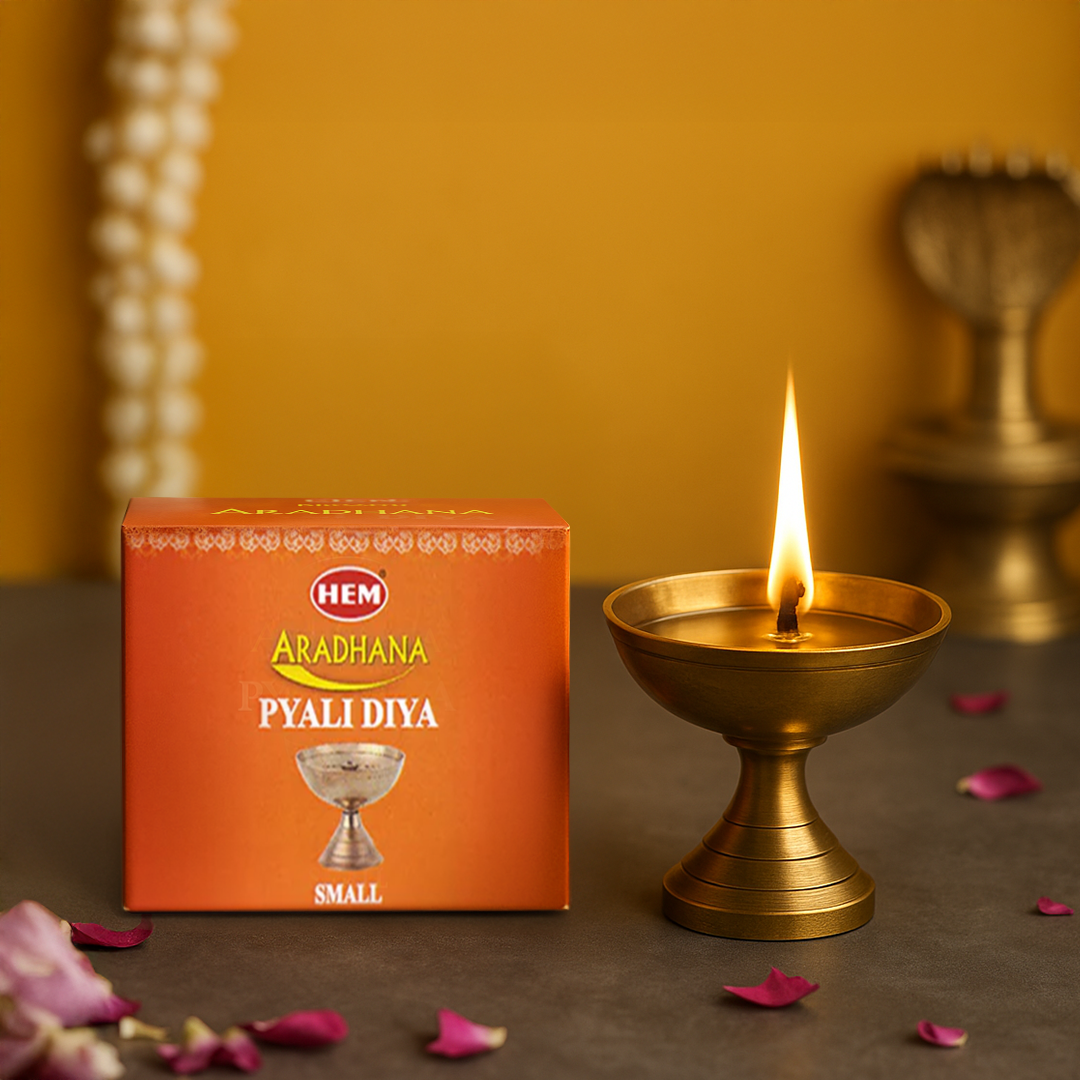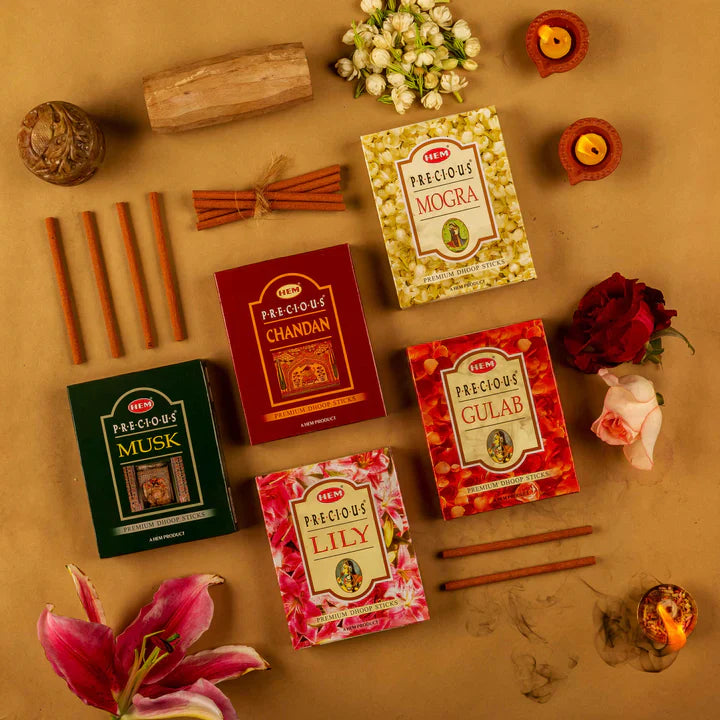Gudi Padwa, also known as Samvatsar Padvo, is more than just a festival! It marks the start of a new year for Maharashtrians and Konkanis. Consider a day steeped in tradition, with colourful decorations filling houses, auspicious rites done, and delectable sweets made. It is an event that marks the coming of spring and the harvest of rabi crops.
Moreover, every year, this day marks the start of a new Samvatsara in the sixty-year cycle, each having its name and meaning. The preparation and traditions related to this wonderful occasion are fascinating to learn about.
This blog is here to provide information regarding when Gudi Padwa is this year, its significance, the rites involved, and the necessary ingredients for the pooja. Whether you are a long-time fan of this festival or want to learn more about its rich history, there's something for everyone. So, let’s begin!
Date and Muhurat of Gudi Padwa 2025
Let’s get to know about where you need to mark your calendar this year and set your alarms for the shubh mahurat for conducting the ritual:-
- Date: Gudi Padwa will take place on Sunday, March 30, 2025.
- Mahurat Beginning and Ending: The Pratipada Tithi (the first lunar day after the new moon) will begin at 04:27 PM on March 29, 2025, and end at 12:49 PM on March 30, 2025.
Timing is essential in Gudi Padwa rituals, as performing puja around this time is thought to produce the finest results for the coming year.
Importance of Gudi Padwa
Gudi Padwa festival is more than just a celebration - it represents cultural values, agricultural cycles, and communal pride. The Gudi, which has a decorative pole topped with an inverted pot, represents triumph and fortune. It is thought that displaying the Gudi outside your home represents embracing prosperity and pleasure.
Did you know that in Maharashtra alone, millions of people attend the Gudi Padwa festival? It fosters solidarity among varied communities by reminding them to get together and celebrate their cultural identity.
The agricultural side should not be forgotten. This auspicious occasion corresponds with the harvest of winter crops. It is a vital period for farmers to express gratitude for the year's abundance.
Pooja Vidhi of Gudi Padwa
Performing the Gudi Padwa rituals requires multiple procedures, each filled with reverence and dedication. It includes step-by-step rituals mentioned below:-
- Prepare Your Space: Start by cleaning your home and decorating the entrance with rangoli patterns. This serves as a welcoming sign of prosperity.
- Install the Gudi: Using a stick or pole, place your Gudi (a painted pot) at the entrance to your home. The artistically designed Gudi, comprised of colourful cloth and auspicious artefacts, serves as the focal point of the festivities.
- Gather Your Pooja Samagri: Place the Gudi on a decorative plate and assemble the remaining components.
- Light a Diya and Agarbatti: ray to Lord Ganesha and other deities in the presence of divine light and fragrance for blessings in the next year.
- Ritual Offerings: Place sweets like Puran Poli or Shrikhand as Prasad and evenly distribute Akshata (uncooked rice mixed with turmeric) to bless the region.
- Sing Aarti & Chant Mantras: Remember to bring vibrancy to your prayers and rituals by singing aarti songs, mantras, and bhajans.
The Astrological Magnitude of Gudi Padwa
To understand the importance of this spring festival, you first need to know why Gudi Padwa is celebrated! It heralds new beginnings and sets the way for good fortune because the festival occurs on the first day of the Chaitra month.
It represents new beginnings and chances. This is considered an ideal time for new enterprises and investments. According to Hindu astrology, starting something new during Gudi Padwa gives the benefits of luck and success. It is a mystical moment when cosmic energies are aligned favourably.

Are you ready to enrich your Gudi Padwa experience? Hem Fragrance offers a variety of pooja samagri, such as camphor, pooja thalis, Gangajal, Agarbatti, and more.
Essentials for Gudi Padwa Pooja (Pooja Samgri List)
To successfully do the Pooja for this important religious occasion, you require a number of objects. Here's a complete list of things you need:
- Gudi: A primary element that consists of a silk-adorned pole and an inverted pot.
- Mango Leaves: Used to create a toran (decorative doorway).
- Ganga Jal: Holy water for purification.
- Coconut: As a symbol of prosperity.
- Fresh Flowers: Marigold is preferred because of its vivid colour and aroma.
- Diya: An oil light that promotes cheerfulness.
- Chandan Paste: Sandalwood paste for enhanced holiness.
- Pooja Thali: A copper or silver aarti plate is used to hold the Gudi.
- Prasad: Sweets, including Puran Poli and Shrikhand, are generally served as Prasadam. Neem leaves mixed with jaggery is also one of the popular options.
- Rangoli Powder: Create a colourful entrance decoration.
- Supari and Paan ke Patte: Betel leaves and nuts as offerings.
- Agarbatti or Incense Sticks: To create a nice scent.
- Tilak Essentials: Haldi, kumkum, akshat, and chandan are used to apply tilak.
- Devotional Songs: Use aarti songs or bhajans to create a pious ambience.
- Cloths: Traditional dress to wear while performing the rituals, preferably red or orange.
- Kapur: Camphor is recognised for its cleansing properties.
- Akshata: Uncooked rice combined with haldi (turmeric).
- Pooja Mantras: Mantras in a book or digital form for chanting during the pooja.
Gudi Padwa festival is an occasion to reflect on the previous year, acknowledge the blessings received, and motivate yourself for the coming year. The charm of this celebration stems from its simplicity and profundity.
As you celebrate the start of the lunisolar new year with enthusiasm, may this year bring you riches, good health, and fulfilment of your dreams.
Happy Gudi Padwa!
FAQs
-
What is offered as prasad during Gudi Padwa rituals?
Along with traditional sweets, offering neem leaves and jaggery as Prasad becomes a treasured custom during this occasion. It represents both cultural values and health advantages.
-
Is Gudi Padwa similar to Ugadi?
Yes! Both festivals celebrate the Hindu New Year, with different names in different regions.
-
What is the right time to remove the Gudi?
It is believed that on this auspicious day, Lord Rama triumphantly returned from slaying Ravana. Therefore, it is traditional to raise a gudi (a decorated pole) in his honour. You must always remember to take down your gudi before sunset—it's said that doing so brings positivity into your home!







